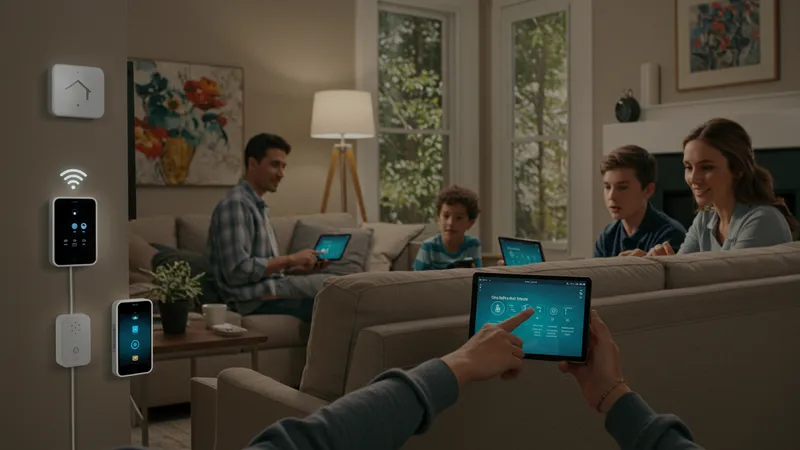
Smart Home Security Systems For 2025: What Pros Recommend
Overcoming Hurdles: Ensuring Wide-Scale Adoption
Despite their appeal, smart home security systems face significant barriers to mainstream adoption. Cost remains a primary obstacle; though arguably cost-effective long-term, the initial financial commitment deters many potential consumers. Solving this could involve innovative lease or subsidized plans.

Technical accessibility is another factor. For these systems to reach their full potential, they must simplify user interfaces and installation processes to attract a more diverse audience. Broad inclusion ensures not just market viability but pervasive integration across different community demographics.
A complex web of potential cyber threats also poses adoption hurdles. Companies are investing heavily in AI and cybersecurity defenses to offer reassurance to wary buyers. It’s a race against digital breaches that cannot afford to take the foot off the gas pedal if users are to have unwavering trust in these technologies.
Lastly, the march toward standardizing smart home communication protocols could turbocharge adoption. As interoperability challenges dissipate, the consumer confidence necessary for widespread acceptance will follow, paving the way for what promises to be a tectonic shift in how security systems are perceived and utilized globally.